Your baby stands on wobbly legs, arms extended for balance. You squat a few steps away, arms wide open, your heart pounding, just waiting for them to take that first step.
One of the greatest joys of parenting in the first year is watching their physical development. The magic of seeing your baby smile for the first time or take their first steps is unmatched. With each milestone achieved, your baby learns new skills and becomes more independent.
With my own three children, I've also noticed how each milestone reveals my little ones' unique character and personalities. While my daughter was cautious about learning to walk, my oldest son demanded that we help him learn. He'd grab one of our fingers and off we'd go. As a mom, I know that milestones can also bring a bit of anxiety. Here’s what you can expect each month of your little one’s growth.
A Baby Milestones Chart 0-12 Months and Beyond
What can you expect your baby to learn as the months go by? Tracking your baby's development is not only fun, but it's also important to ensure your baby is on track. Knowing what to expect is the first step parents can take.
Before you look in detail at a milestones chart, remember that every baby learns at their own pace. You can expect some variation in your baby's development. For example, my oldest son never learned to crawl. Instead, he went straight into pulling up to stand and walking.
Flagging concerns with your child's pediatrician is essential so your baby can get early intervention if needed. Many times, variation in your child's development is normal. Other times, your child may need support from an occupational or physical therapist to reach their full potential.
Here's a look at the gross motor skills you can expect your baby to learn, month by month. Plus, learn how to support your child:
2 Month Old Milestones
In a matter of weeks, your newborn goes from 16+ hours of sleep a day to looking alert and responding to your smiles. Some developmental milestones your baby will achieve include:
- Smiling and facial expressions. At first, your baby might smile reflexively, like when they have gas. By two months, your baby will also smile in response to you, also known as a social smile.
- Reaches for toys, waves arms and legs. Even if your baby can't hold onto a toy yet, they should show interest. Also, when lying on their back, your baby should move their arms and legs.
- Open their hands. At birth, your baby often holds their hands in tight fists. They'll grab onto your finger or your clothing, holding on tight. By 2 months, your baby should sometimes open their hands.
- Hold their head up. During tummy time, your baby should be able to lift their head up.
My babies didn't enjoy tummy time much in the first few months. They would fuss and cry whenever I put them down on their bellies. Fortunately, there are some tips and tricks you can use to make it a more pleasant experience. Try these fun activities approved by a pediatric physical therapist.

4 Month Old Milestones
At 4 months, your baby is more interactive and may coo at you. What else is going on in their development?
-
Better head control. Now, when you hold your baby, you don't need to hold their head as carefully. Also, they may push up on their elbows during tummy time.
Note: Do you notice a flat spot on your baby's head? If so, between 4 and 6 months of age is the ideal time to get it checked. Learn more from a pediatrician and pediatric physical therapist about the signs and steps to take if your baby has flat head syndrome.
-
Rolling over. At 4 months, your baby might start rolling over from their tummy to their back. It will take lots of practice and tummy time to achieve this skill.
With my own children, rolling over was something that happened first during tummy time. The moment always marked a change in their development because, technically, they were mobile. This change is exciting, but it also represents a need for greater vigilance.
6 Month Old Milestones
Your baby is half a year old! Your baby may be trying their first foods (see our guide with tips from an OT on baby-led weaning here), babbling, and learning to play. What else are they up to?
-
More rolling over. By 6 months, your baby will roll more easily, especially from their tummy to their back. Your baby may also roll from their back to their tummy. Need more practice? Try these activities and tips from a pediatric PT.
-
Grabs toys. Your baby is building fine motor skills and can hold onto a toy with one or both hands. Your baby may also be able to reach out and grab a toy from their play mat. This was also the age I remember my kids throwing toys a lot. I like to think they were testing gravity. However, it's also an age for developing control over their grip and making connections between the brain and hands.
-
Sitting up. Some babies start sitting up around 6 months of age, while others take a few months longer. In any case, it's a good time to start working on sitting skills.
9 Month Old Milestones
At 9 months, your baby may be exploring a few new skills, such as:
-
Sitting unassisted. If your baby hadn't started sitting by 6 months, they are likely sitting independently now. Confident sitting sets the stage for crawling.
-
Crawling. Many babies start crawling between 7 and 10 months. At crawling age, your baby becomes mobile, which is an exciting new development.
If you're worried about your baby's crawling skills, it may be helpful to know that some babies don't crawl and others develop a unique crawling style. Get tips on how to help your baby crawl from a pediatric physical therapist.
12 Month Old Milestones
Over the course of 1 year, your baby grows in size and skills so much that it's hard to fathom. From a tiny bundle who depends on you for everything, your baby grows into a walking, talking being with lots of opinions. Here's what you'll see at 12 months:
-
Fine motor skills. At this age, babies start using their pointer finger and thumb to grasp small objects like Cheerios. At age 1, my youngest son used to always find small stones on the floor and pick them up. We had to keep a close eye on him!
-
Walking. Many babies also start walking around this time. My children all took their first independent steps within a few weeks of turning one.
First, your baby might cruise, or hold onto something like your Pikler Triangle while walking. If your baby isn't yet walking, they might pull up to stand or stand while holding onto a piece of furniture. My oldest son liked to hold onto a broom while walking. I would hold the broom handle above, and he'd hold it below as he toddled.

15 Month Old Milestones
At 15 months, your baby should be growing more confident in skills they've already acquired. Also, by this point, your baby can probably take a few steps independently.
18 Month Old Milestones
By 18 months, your baby can walk with confidence and without assistance. Also, your little one can do some climbing, such as up stairs or onto a chair.
At this age, my daughter especially loved sitting at her own small table and chair. She loved having furniture just her size and would often eat her meals at her mini table beside the dining room table.
24 Month Old Milestones
By now, your little one can walk, run, and even kick a ball! Soon, they'll be running circles around you (literally). At this age, children need lots of opportunities for exercise to develop their sensory systems and gross motor skills. From jumping, to climbing and running, they're ready to explore the world.
Supporting Your Baby's Physical Development
Babies don't need a lot to be happy and healthy. They need lots of time with you, love, and support. To help their muscles grow in the first few months, they need enough tummy time and the opportunity to play with safe toys like teething rings. As they grow, they can explore more, and they enjoy more active play like climbing, jumping, and running.
As a mom, I've learned that it's better to ask questions about my child's development. One helpful tool is the AAP motor delay tool, which lists milestones and shows what a delay vs. normal development looks like.
I encourage all parents to get clarification from a professional, such as a pediatrician, instead of worrying on your own. Many times, your provider can offer reassurance and offer tips to help your child. Plus, if your child does need extra support, the earlier they can get it, the better.
How old is your baby? What are they working on now? Tell us about your child's latest milestone in the comments below.


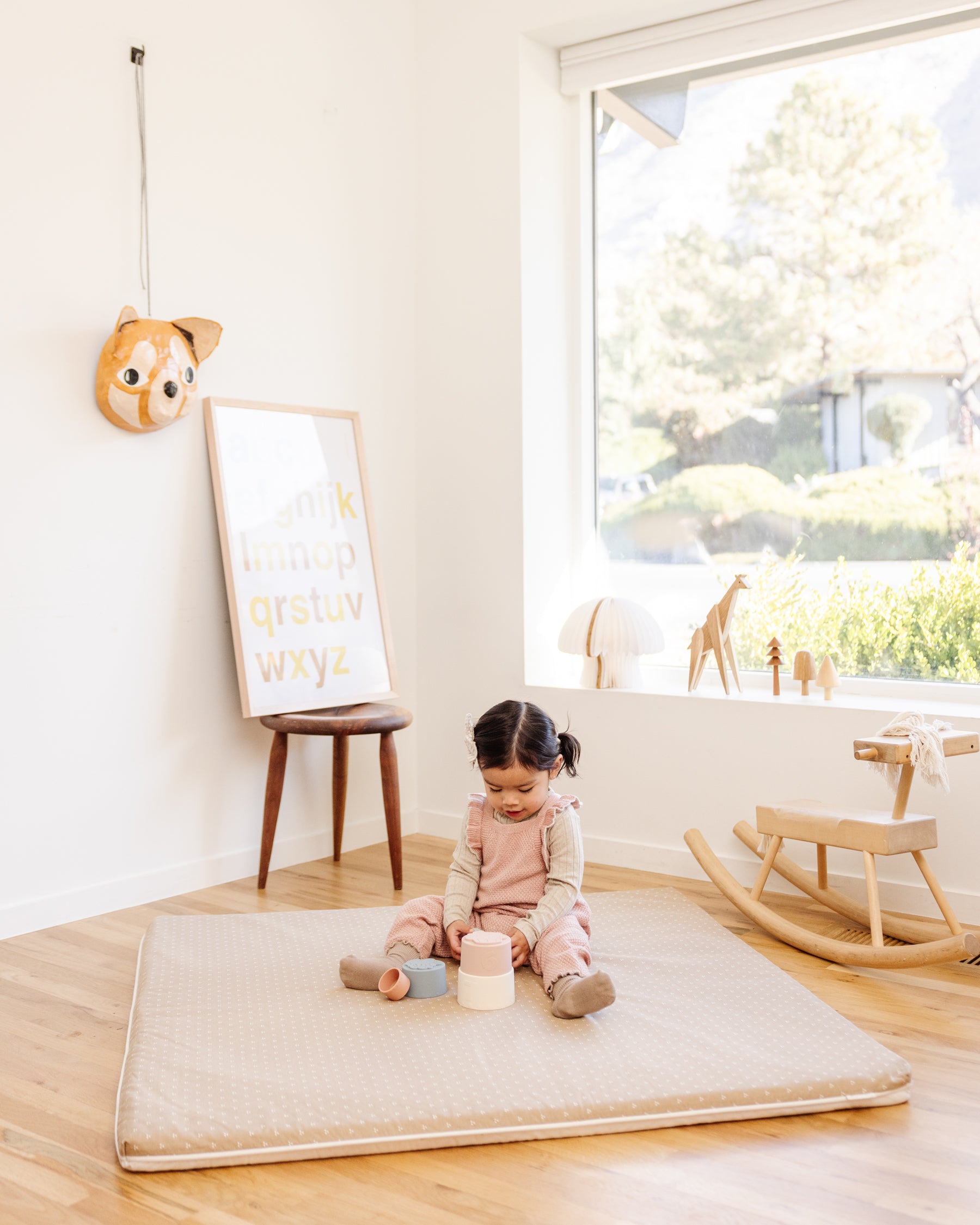
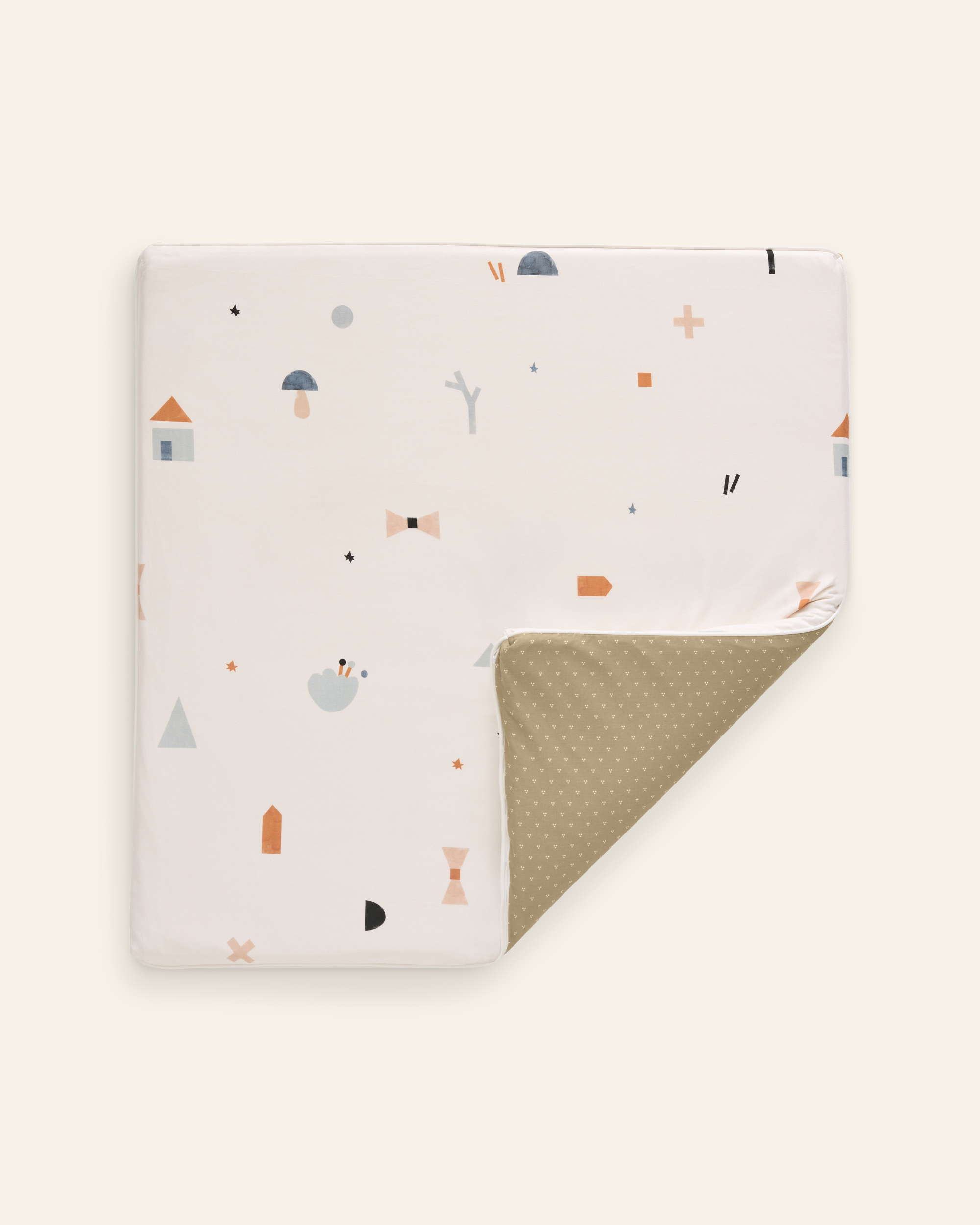
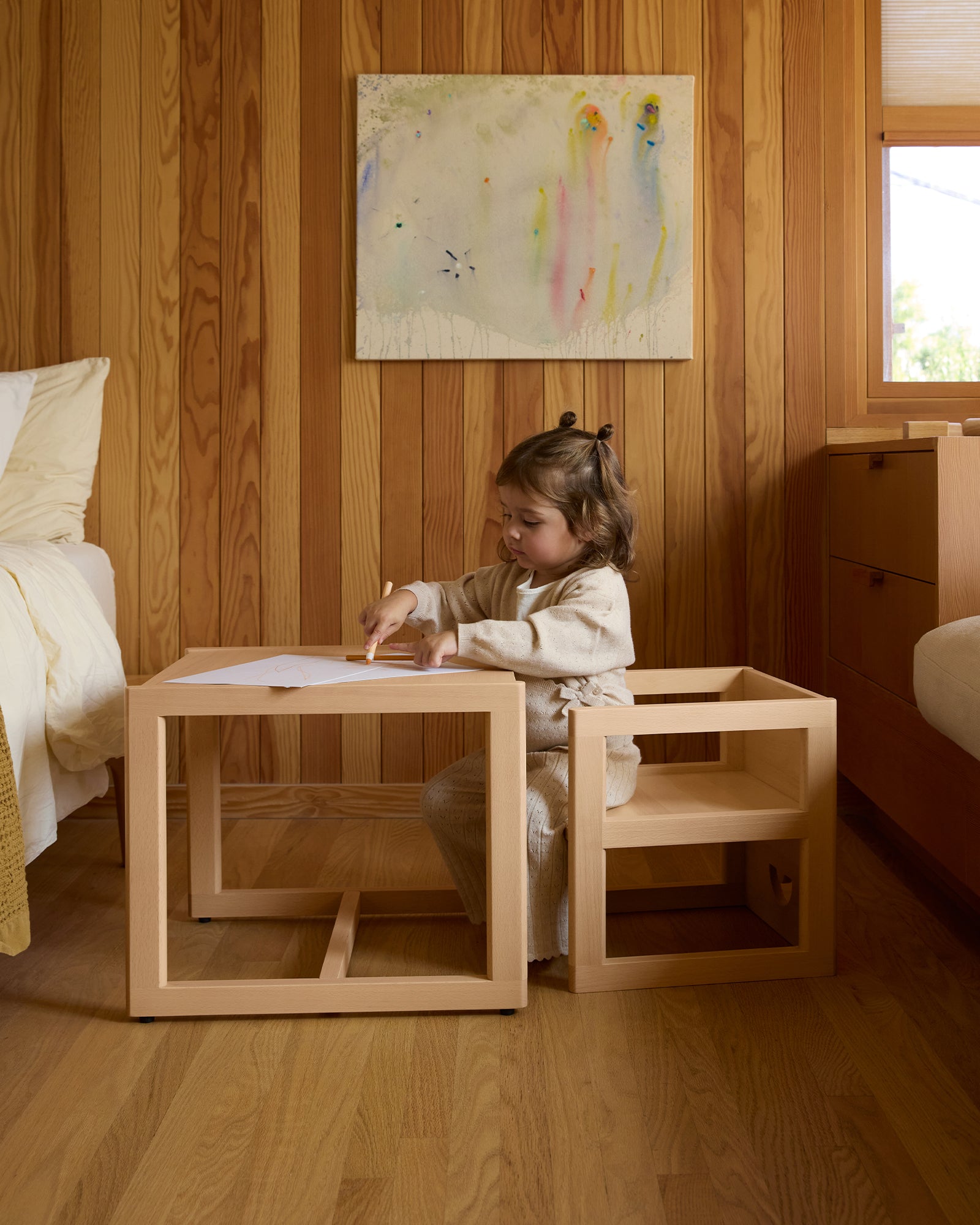
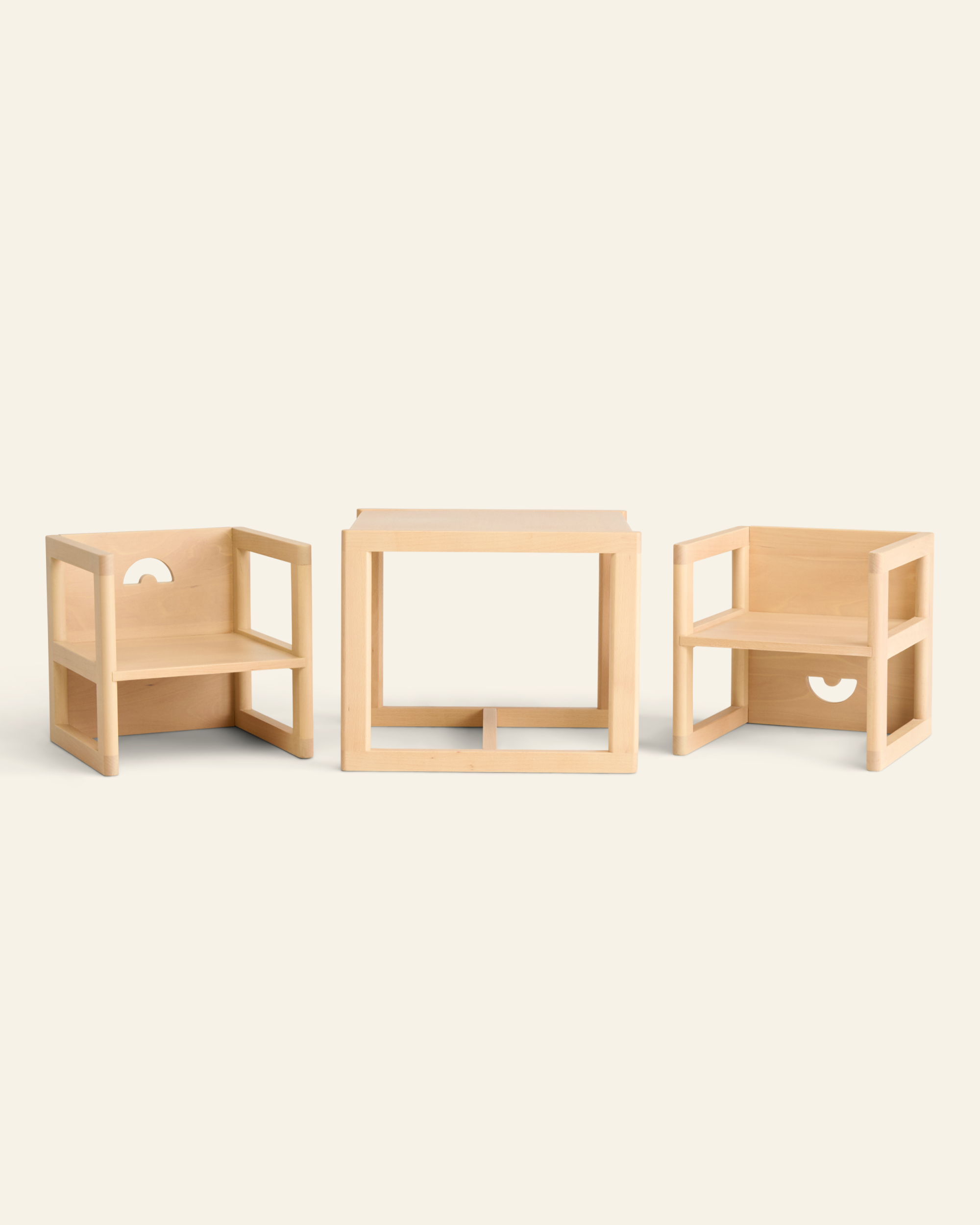
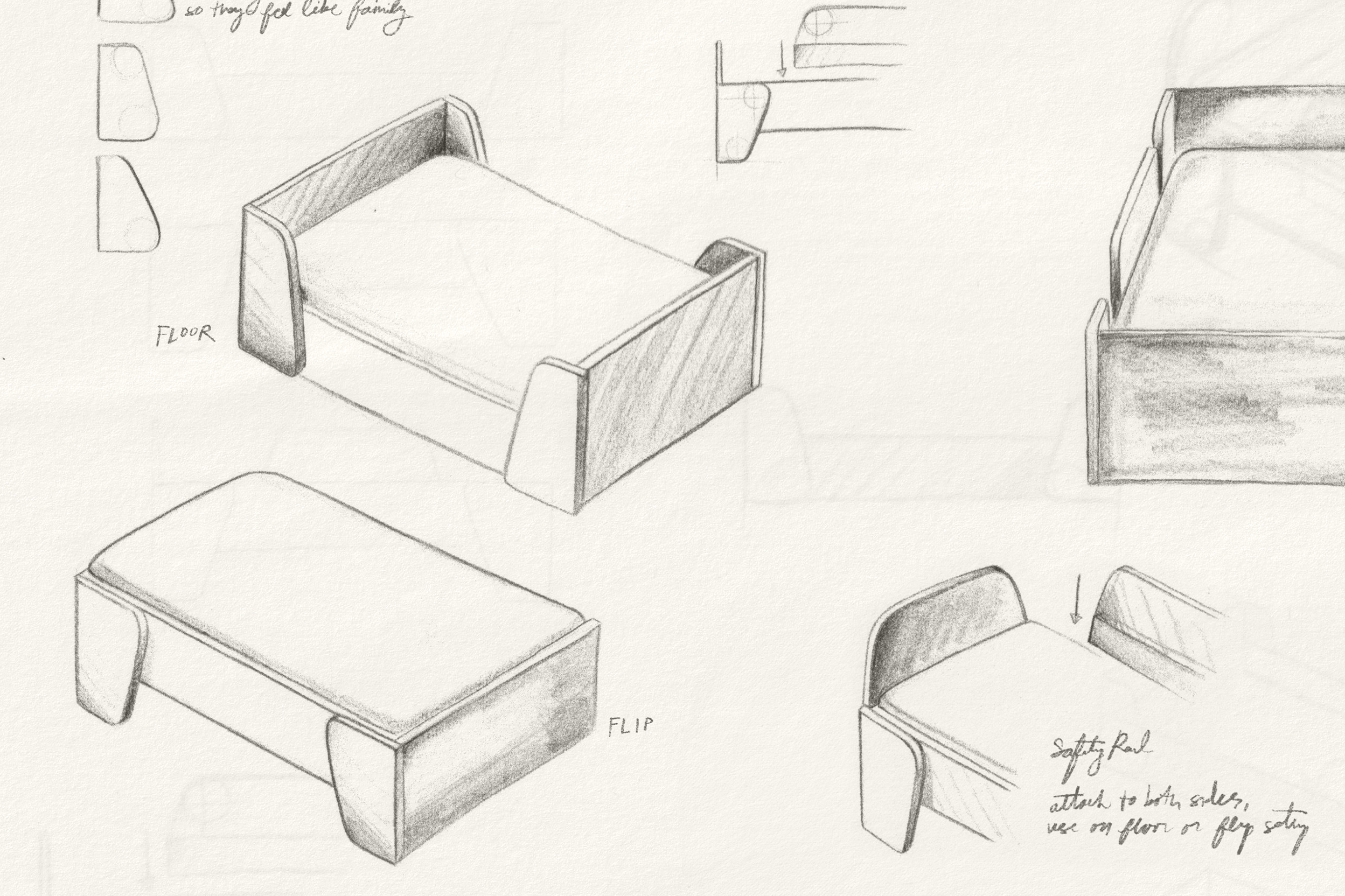
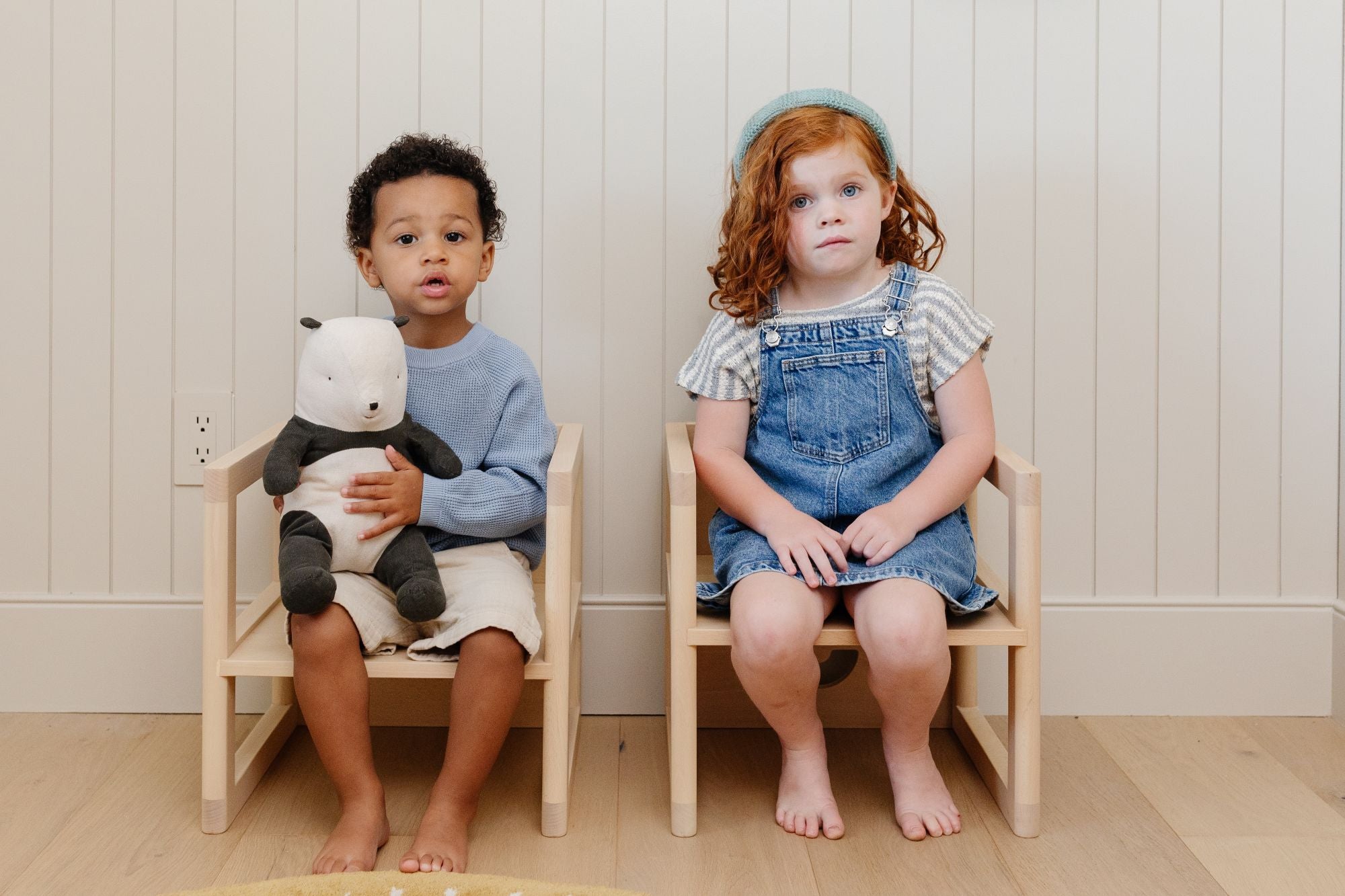
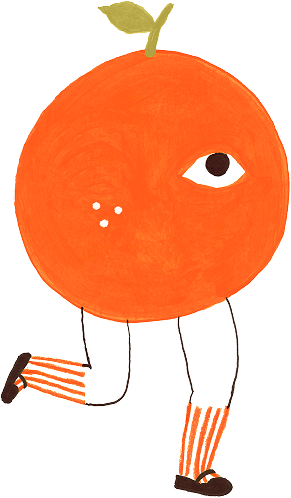
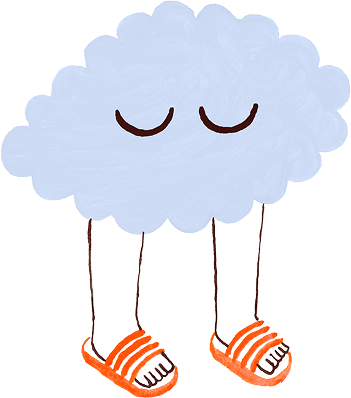
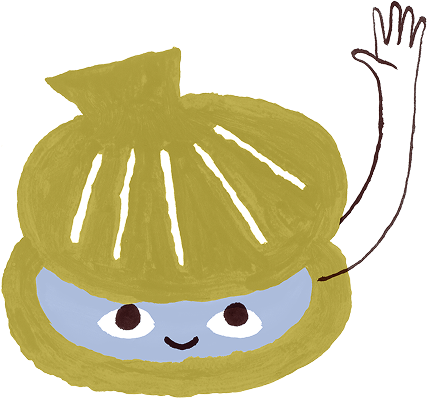
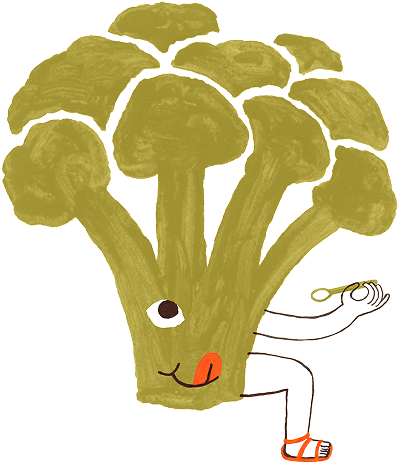
Leave a comment
This site is protected by hCaptcha and the hCaptcha Privacy Policy and Terms of Service apply.